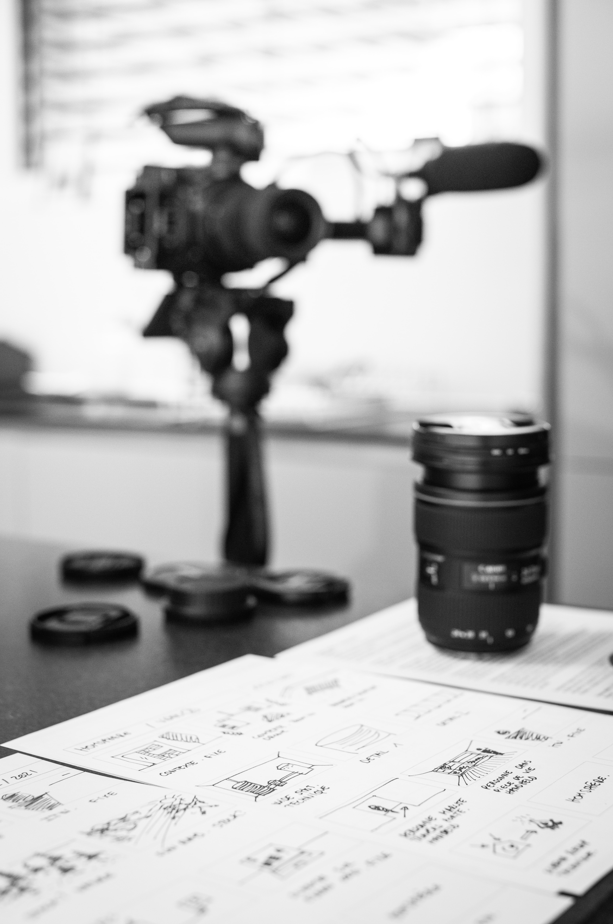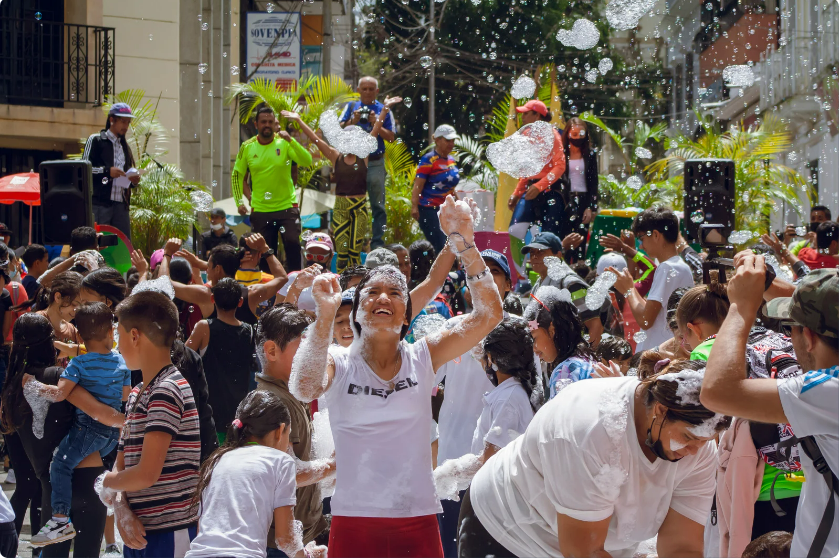Want to Increase the Quality of Your Video Content? Start with a Storyboard.

August 12, 2021
By Curley & Pynn
When it comes to marketing tools, video rules. Most businesses are using video to tell their stories, including our clients. But there’s one, often overlooked step in the content development process that can save you time and enhance creativity: storyboarding.
If you’ve ever seen a series of cartoon strips or a series of drawings on sticky notes, that’s exactly what a storyboard is! It’s a series of notes and images that outline what your video will look like. It brings your video content to life and, in doing so, forces you to think strategically about how to tell your story.
Storyboards are a powerful tool when used effectively because they allow you to visualize the final video product before ever hitting “record.” It also provides an opportunity for feedback, comments and suggestions from all involved stakeholders, helping you avoid an unnecessary investment of time and financial resources to create an unsatisfactory product.
When do you need a storyboard?
So, what makes for effective storyboarding? While nearly every piece of video content would benefit from a storyboard, the process is especially helpful when you’re producing videos that involve a lot of action. Typically, videos with multiple speakers, different camera angles and locations – such as product reveal videos or special event announcements – will benefit from a storyboard the most. However, even videos that don’t call for much action, like a one-on-one interview with a subject-matter expert, are enhanced by the process. Think of it as an outline for a written content piece … it can be challenging to successfully plan a complex story’s beginning, middle and end without properly mapping it out.
What should you include in a storyboard?
If, aside from drawing a few stick figures, you don’t really know what else to include in your storyboard, don’t worry! No artistic expertise is required. In fact, we recommend that your storyboard focus more on production logistics than on an artistic visual representation of your video.
As you draw your storyboard, be sure to note these elements for each scene:
- General description of what’s happening
- Subjects/Characters featured
- Dialogue notes
- Location
- Length
- Camera angle(s)
- Copy or graphics overlay
- Desired emotion/level of energy
- Music or other ambient noise
How should you present your storyboard?
In some cases, the basic pen-and-paper storyboarding method will do. But, if you’re sharing the storyboard with a client or executive, you may want to take the additional step to create a more polished presentation. There are many easy-to-use and cost-effective tools you can use for design, like Storyboard That, Boords or Canva. PowerPoint or Google Slides would also work. The only “rule” here is to dedicate an individual slide or page to each unique scene, adding stock images, graphics, music, sample videos and other elements to communicate your vision.
And, voila! With that, the storyboard process is complete. I hope by now that I’ve convinced you about the importance of a storyboard and provided some helpful tips for you to get started.




